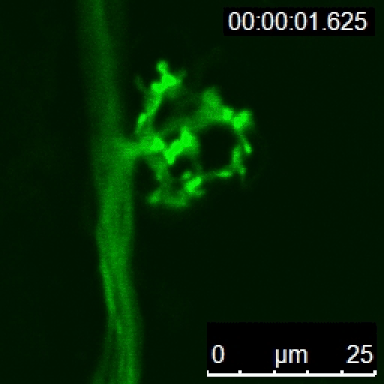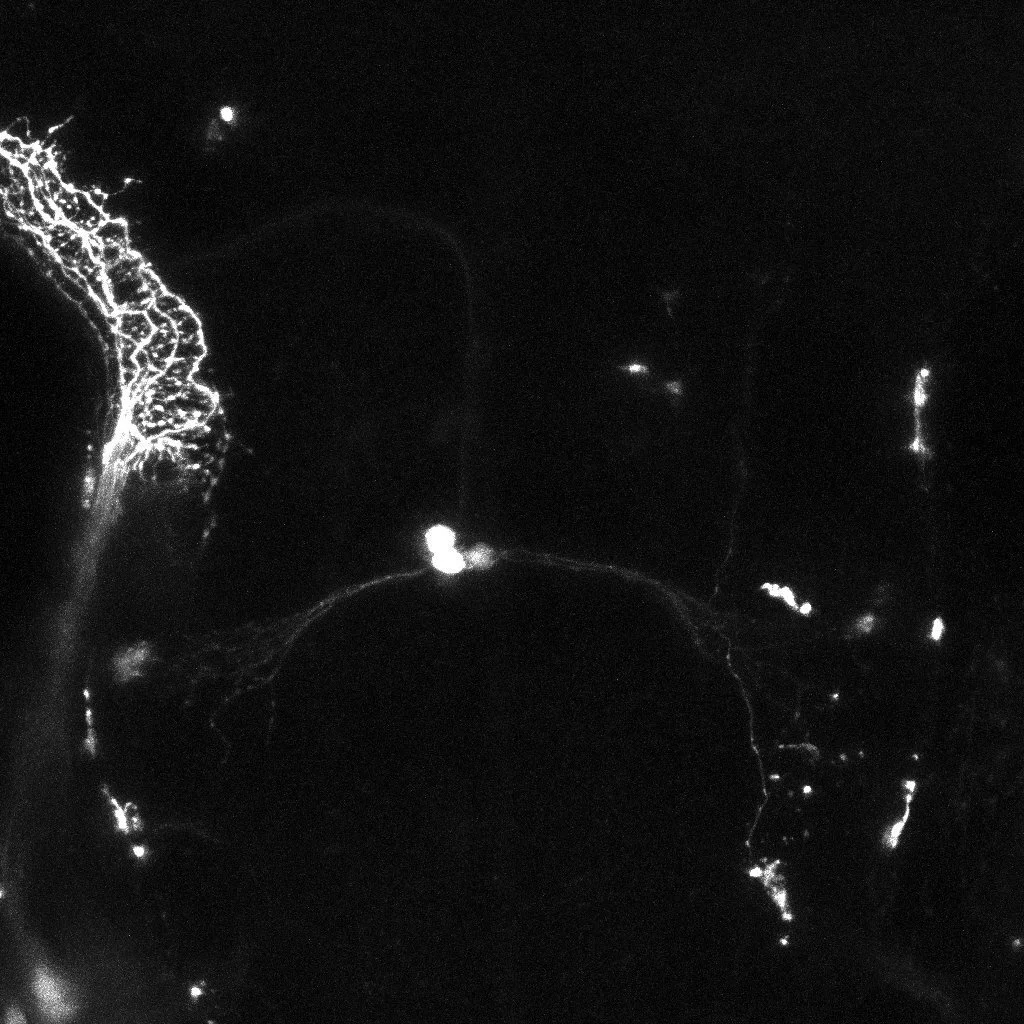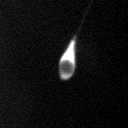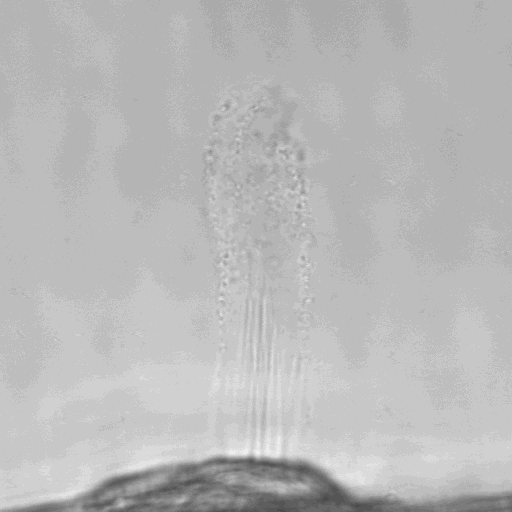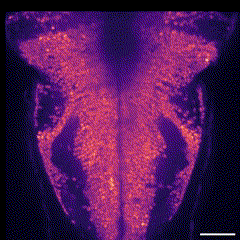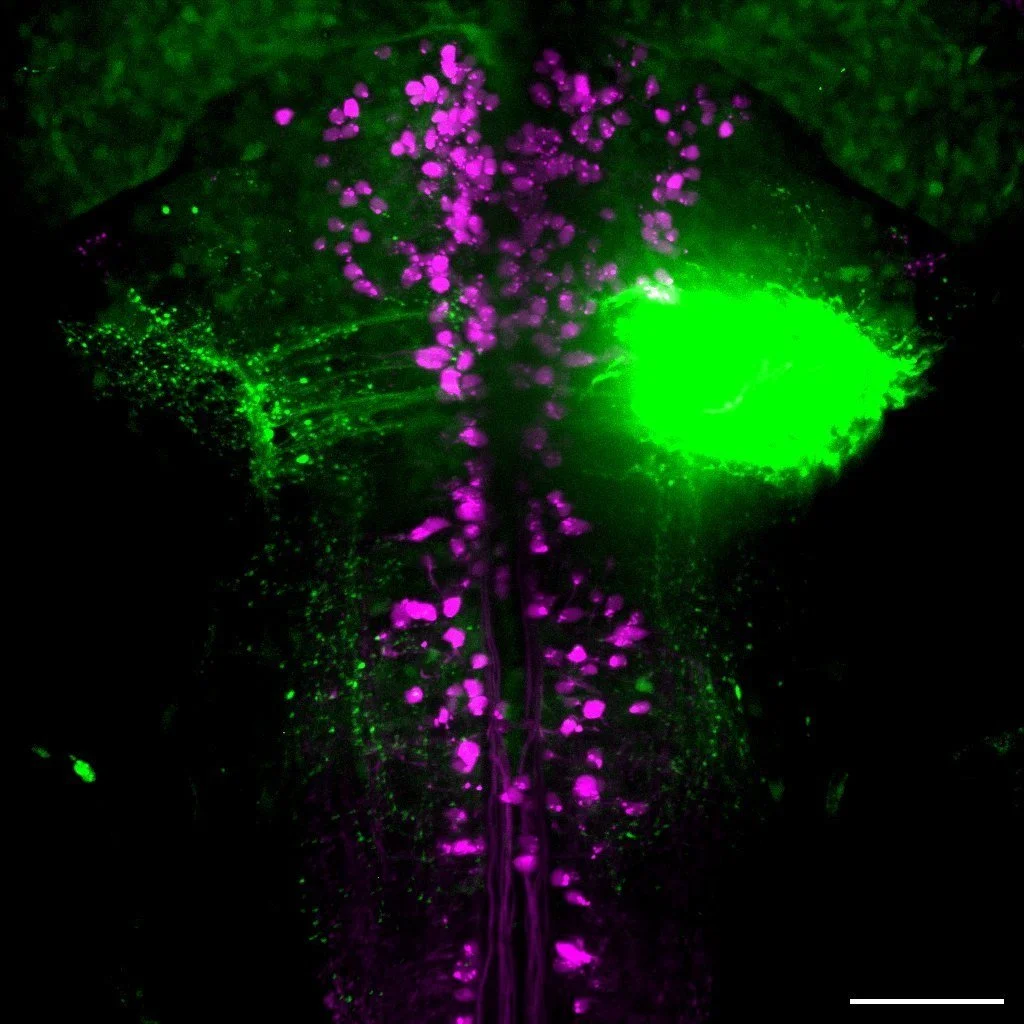
Research
Sensory Fidelity
Accurate detection and integration of changes in the environment are essential to inform behaviors necessary for survival such as prey capture, predator avoidance, navigation, and mating. Sensory systems and the brain are responsible for this process but are regularly challenged to maintain accurate perception by innate features of the sensory landscape. For example, ones own movements challenge the sensory system’s ability to discriminate self-generated stimuli from relevant stimuli in the environment. In fact, changes in the environment, either ephemeral or long-lasting, can alter the conditions required for the mechanisms that convert physical properties of the environment into biological signals - also known as signal transduction. The sensors themselves can even undergo changes in size, shape, and number capable of adjusting their sensitivity. Each of these examples suggests that a sensory system’s perception of a controlled stimulus could be inconsistent depending on the conditions - potentially at the risk of survivability. In reality, sensory systems and the brain have evolved to compensate for such challenges. My research strives to challenge sensory systems in ecologically relevant conditions in order to reveal the underlying neurophysiological mechanisms responsible for the fidelity of stimulus detection, sensory integration, and decision making.
Lateral Line
The lateral line system is a sensory organ that detects fluid motion relative to the body of fishes. Using optical and electrophysiological tools, My research has investigated how the zebrafish brain discriminate relevant environmental cues from self-generated fluid motion produced during swimming. My ongoing work seeks to reveal the anatomical and functional connectivity of the lateral line and sensorimotor integration centers in the hindbrain.
Hair Cells
Hair cells are the sensors that comprise the lateral line system. As water passes over the sensors, hair-like projections deflect (see above), converting physical properties of the environment to biological signals within the cells - a process referred to as mechanotransduction. My research has revealed a novel mechanism of signal amplification within the mechanotransduction process of hair cells that are exposed to different aquatic environments.
Ecology & Evolution
I am interested in the changes in lateral line neural anatomy and receptor sensitivity related in different ecological contexts. For example, the Mexican tetra (Astyanax mexicanus) provides a unique comparative model to study the differences in lateral line morphology, neural circuitry, and sensitivity between populations that have evolved in different sensory environments - like the sighted surface fish and the blind cave fish depicted above. This project was in collaboration with the Keene Lab.
image courtesy of Keene Lab
Action Selection
Sensorimotor integration is the nexus between the external environment and how we respond to it. Animals depend on accurate perception of the environment to select an appropriate response from their behavioral repertoire to adequately perform actions to ensure survival. To achieve this, sensory systems must convert physical properties of the environment into bioelectrical inputs that are transmitted to the brain for processing and subsequent action selection. While inundated with sensory inputs from multiple modalities all over the body – it is essential that these inputs are arranged within the brain to ease sensory processing. It is important for us to understand how varying stimulus parameters along the body are represented within the brain to functionally link the sensory inputs with motor command circuits responsible for driving different behaviors - essentially, the sensorimotor pathway to unconscious decision making.
